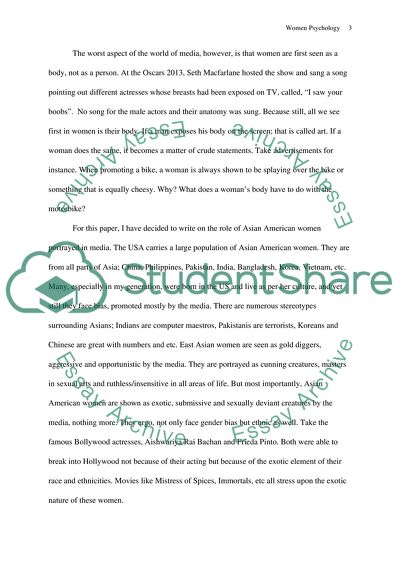Cite this document
(How a Minority Group of Women Are Portrayed in the Media Coursework Example | Topics and Well Written Essays - 1750 words - 1, n.d.)
How a Minority Group of Women Are Portrayed in the Media Coursework Example | Topics and Well Written Essays - 1750 words - 1. https://studentshare.org/sociology/1797045-women-psychology-how-a-minority-group-of-girlswomen-are-portrayed-in-the-media
How a Minority Group of Women Are Portrayed in the Media Coursework Example | Topics and Well Written Essays - 1750 words - 1. https://studentshare.org/sociology/1797045-women-psychology-how-a-minority-group-of-girlswomen-are-portrayed-in-the-media
(How a Minority Group of Women Are Portrayed in the Media Coursework Example | Topics and Well Written Essays - 1750 Words - 1)
How a Minority Group of Women Are Portrayed in the Media Coursework Example | Topics and Well Written Essays - 1750 Words - 1. https://studentshare.org/sociology/1797045-women-psychology-how-a-minority-group-of-girlswomen-are-portrayed-in-the-media.
How a Minority Group of Women Are Portrayed in the Media Coursework Example | Topics and Well Written Essays - 1750 Words - 1. https://studentshare.org/sociology/1797045-women-psychology-how-a-minority-group-of-girlswomen-are-portrayed-in-the-media.
“How a Minority Group of Women Are Portrayed in the Media Coursework Example | Topics and Well Written Essays - 1750 Words - 1”. https://studentshare.org/sociology/1797045-women-psychology-how-a-minority-group-of-girlswomen-are-portrayed-in-the-media.


